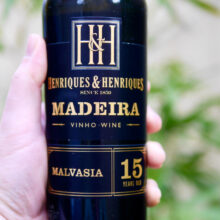
Product information
Henriques & Henriques 15 Year Old Sweet Malvasia 500ml
$88
Description
Bright, amber-coloured and light golden nuances. This wine offers us a complex aroma of dried fruits, jam and some wood. Full-bodied, rich and smooth with a taste of nuts and honey. Very pleasant aftertaste.
Henriques & Henriques
Available on back-order






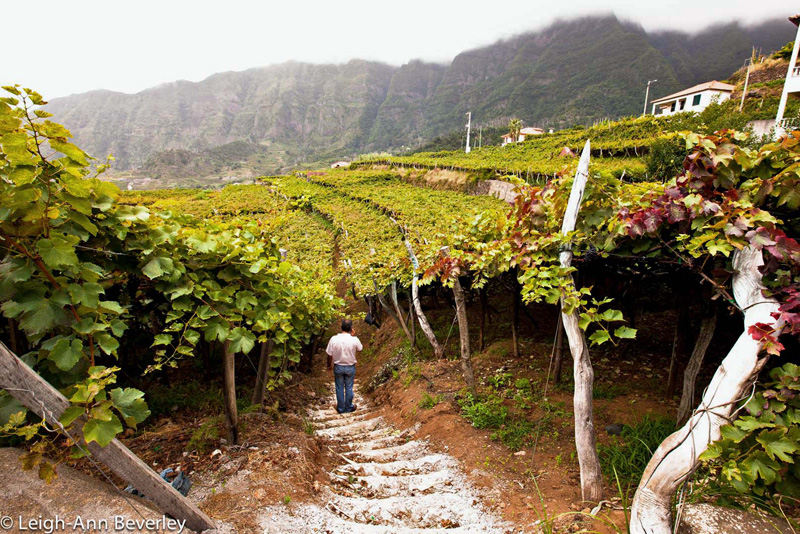
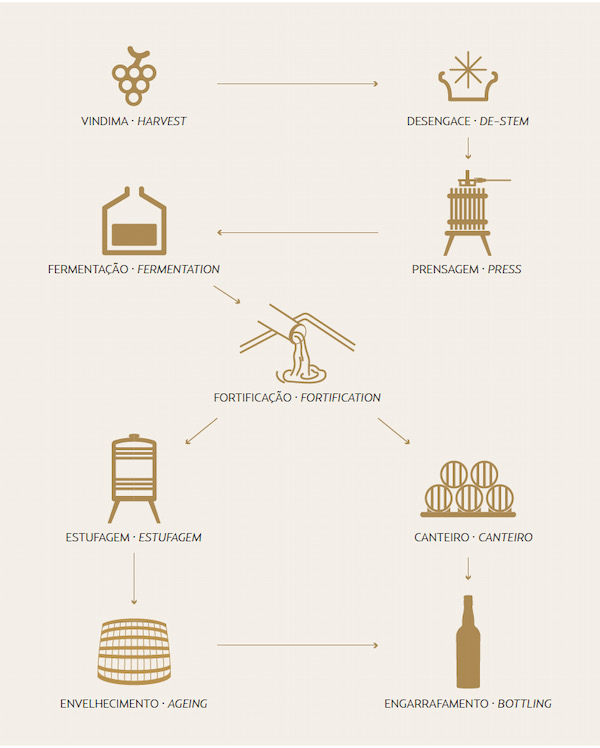
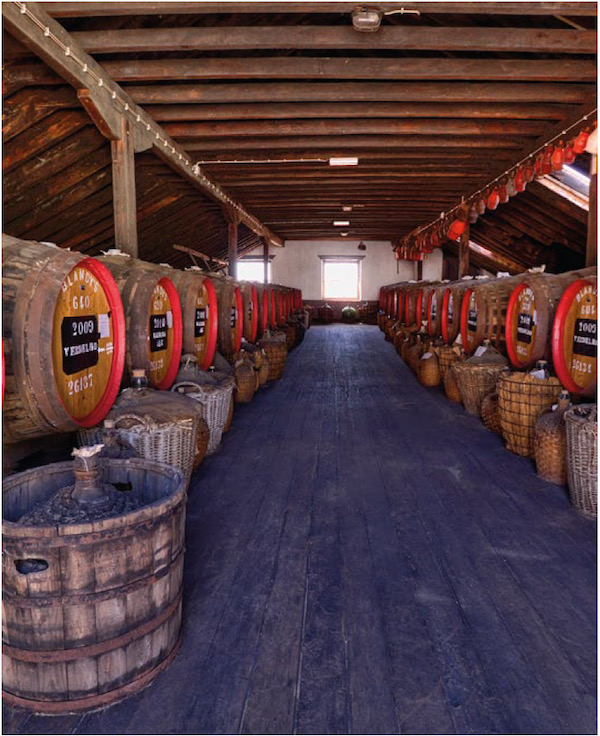
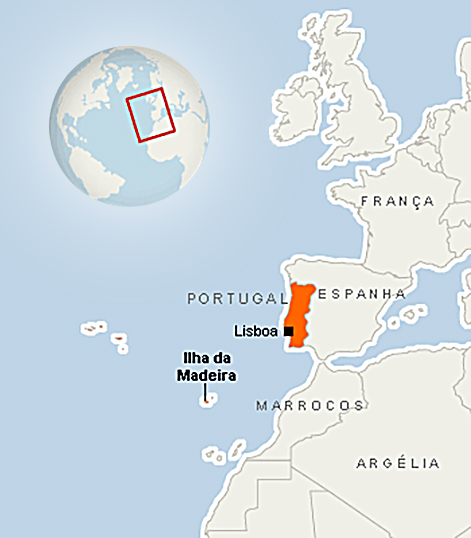
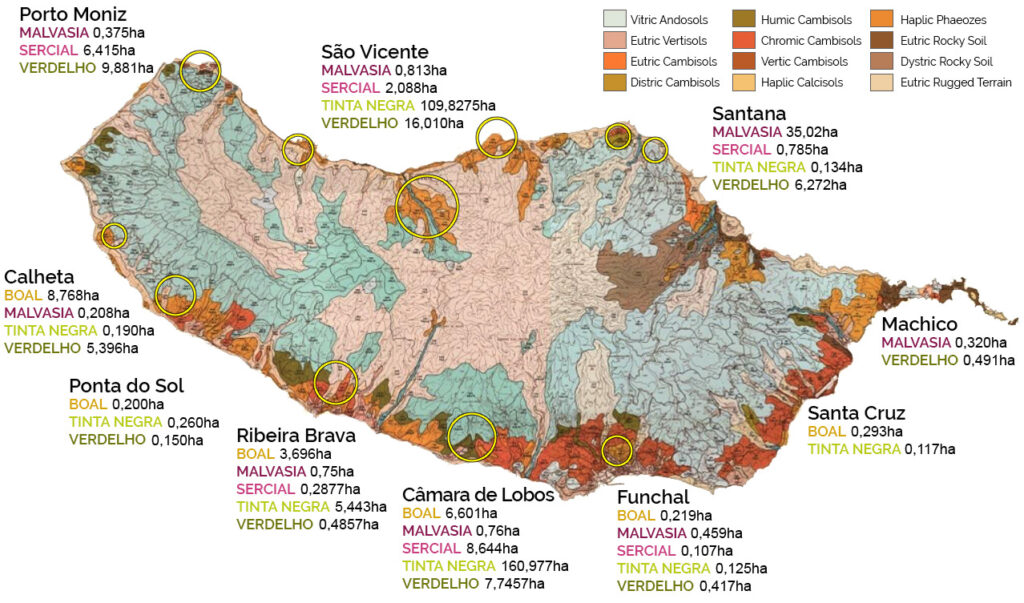
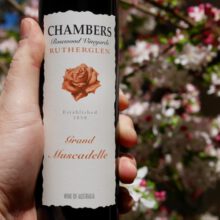
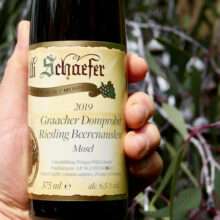
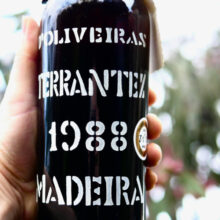
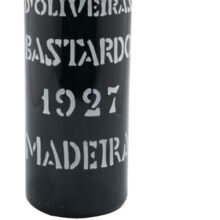
You must be logged in to post a comment.